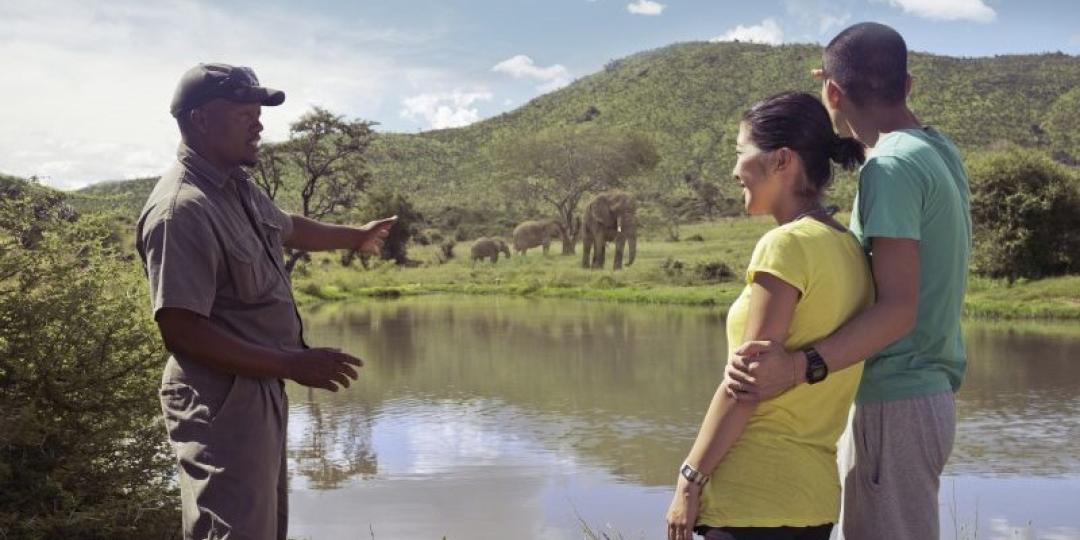South Africa’s tourism sector is readying for an influx of tourists from the world’s largest outbound market after the Chinese government announced it would manage COVID-19 with measures against Class B infectious diseases, and not Class A infectious diseases – with effect January 8.
However, South Africa needs to focus on addressing barriers to entry for Chinese visitors, including visas, if it hopes to compete for its share of the 155 million outbound travellers.
“In 2019, the number of outbound tourists from China peaked at nearly 155 million. South Africa saw a tiny portion of that (93 171 Chinese travellers). However, there are hopes that the pent-up demand for travel likely to exist in that source market will bode well for South Africa in 2023,” said Rosemary Anderson, FEDHASA National Chairperson.
“South Africa has long sought to attract Chinese travellers but numbers have remained low, not least because of the friction these have when trying to apply for visas to visit the country.
“It is our hope that, as part of the visa efforts under way, our government will recognise the massive potential held by this source market in helping our recovery, and implement a visa-friendly regime that will make it far easier for them to visit.”
She pointed out that South Africa’s post-COVID recovery in 2022 was aided largely by the luxury travel market out of North America and Europe, unleashed after successive lockdowns and who were eager to seize the greatest of all-time trips.
“However,” cautioned Anderson, “with rising geopolitical tensions, inflationary pressures and depressed economies, there are concerns that demand will soften this year.”
Faced with the same prospect of freedom, expectations were that Chinese travellers could follow their Western counterparts and embrace revenge travel to make up for lost time – a trend that South Africa should capitalise on, highlighted Anderson.
Travel trade urged to cater for Chinese demands
“We would urge travel trade catering for the needs of this market in South Africa to actively promote the destination and special packages to capitalise on China’s reopening,” she said
According to her, travel sites are already reporting a spike in traffic with destinations closer to home among those recorded as most popular – Singapore, Republic of Korea, Japan and Thailand. “We need to be at the front of the queue,” Anderson said.
No travel restrictions on China
While several countries are introducing COVID-19 testing and other measures for travellers from China, Iata Director General, Willie Walsh, has slammed the “knee-jerk reinstatement of measures”.
He noted that research undertaken around the arrival of the Omicron variant concluded that putting barriers in the way of travel made no difference to the peak spread of infections. “At most, restrictions delayed that peak by a few days. If a new variant emerges in any part of the world, the same situation would be expected.”
That’s why, he said, governments should listen to the advice of experts, including the WHO, that advise against travel restrictions. “We have the tools to manage COVID-19 without resorting to ineffective measures that cut off international connectivity, damage economies and destroy jobs. Governments must base their decisions on ‘science facts’ rather than ‘science politics’.”
Director of Communications for the Department of Health, Foster Mohale, has confirmed that there are no immediate plans to impose travel restrictions or strict requirements on travellers from China.
“However, we are closely monitoring the COVID situation in China and other parts of the world. Our priority is to get people vaccinated and get booster shots to protect themselves.”
While some have questioned this action, Director at the Centre for Epidemiology at Stellenbosch University, Professor Tulio de Oliveira told SABC News that South Africa’s reluctance to impose a travel ban on China following the resurgence of the COVID-19 virus was not a mistake.
According to him, the current variant of COVID-19 circulating in China is unlikely to cause a high number of hospitalisations.
“Travel bans and testing before entering a country has seen to be very ineffective to curb the pandemic. It’s very unlikely to have any epidemiological effect.”
De Oliveira further pointed out that the current variant in China (still Omicron) was very similar to the one that caused a resurgence in South Africa last year, and that resurgence was characterised by very low deaths and hospitalisations.
What does Class B mean?
According to the Chinese Centre for Disease Control and Prevention, there are now 40 kinds of notifiable infectious diseases in China, divided into three classes, Class A, B and C.
Class A infectious illnesses include cholera and plague. Infectious illnesses classified as Class B include SARS, AIDS and TB. Flu, mumps and other infectious disorders fall under Class C.
As a result of the downgrade of COVID management from Class A to Class B, there won't be any more quarantine for travellers entering the nation, sealed COVID-19 case management, or high-risk geographic zones.























